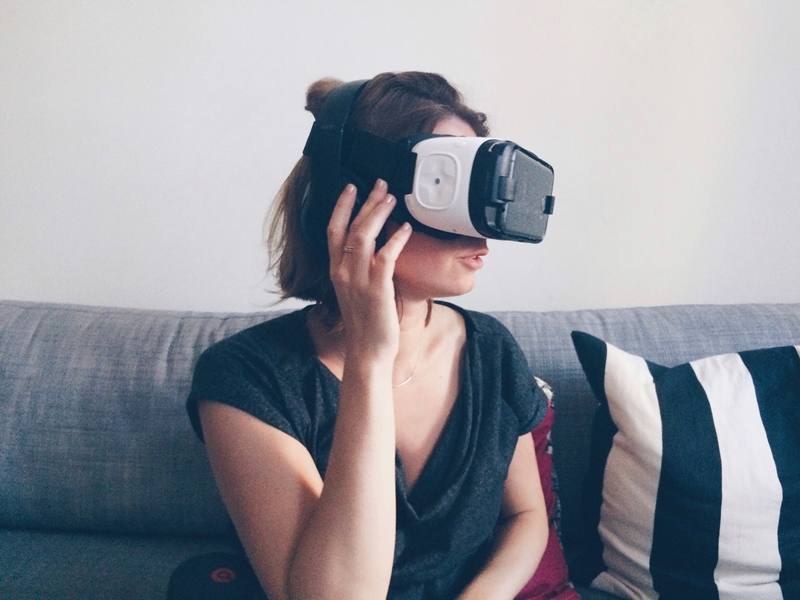We’re living in an exciting time. New technologies are changing the way we interact with each other both personally and professionally – but what about medically? The possibilities are endless. Disruptive tech such as the internet of things, machine learning, and virtual reality are blowing up right now, though they are still in their infancy and the full implications are yet to take shape.
The future looks bright, and while Space For Health is no stranger to the intersection of healthcare and technology, we can’t help but wonder how technological innovation will inform the future of medical facilities. Here’s what we expect a doctors office might be like in the future.
Automated data collection
The University of Canberra recently introduced the Patient EmPowerment Pod: a private, interactive kiosk that collects essential data regarding patient’s health. Taking height and weight measurements, as well as providing a questionnaire to collect additional relevant information, this Pod could streamline consultation and help to build an accurate patient database.
Wearable tech
Most people by now will be familiar with wearable tech – much of the current applications are related to fitness and have made significant waves with users. If this tech can be used to measure heart rate, respiratory rate, and blood pressure, the implications for real-time monitoring of vitals is massive. This would paint a much clearer picture of physical health that medical professionals could easily turn into a more comprehensive service leading to healthier, happier patients.
 Imagine if this is all you needed to see a specialist?
Imagine if this is all you needed to see a specialist?Virtual consultation
As VR becomes more commonplace in the coming years, professionals working in specialist fields may be able to significantly expand their client base. People with less common ailments living in more remote areas could attend preliminary consultations in virtual spaces. This would eliminate much of the time and money it costs to travel, and make specialist care much easier to access.
Early detection from AIs
Artificial intelligence has limitless potential. Basic AI constructs are already being utilised to assess mammogram results and have so far significantly reduced the amount of false-positives. What if there were AI’s that could work in conjunction with your medical records and technology in the vein of the Patient EmPowerment Pod? These could identify risks and inform your doctor that early tests are required.
Township approach to waiting rooms
The township approach means that instead of a plain room with some chairs and a few magazines from 1997, it would be more of an interactive space with specific areas dedicated to different processes. The possibilities here are endless – from educational games for children to automated vision tests for the elderly – keeping busy will help pass the time and reduce anxiety, ultimately leading to happier patients. Could this be the future of Australian waiting rooms?
If you’re looking to guide your practice into the future, contact Space For Health today.



